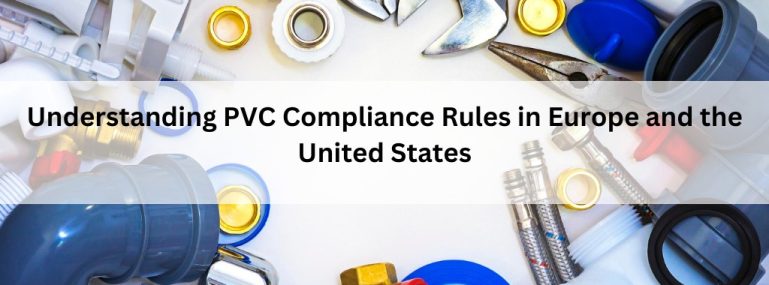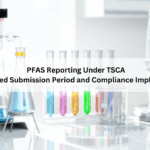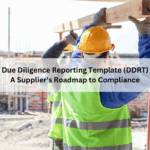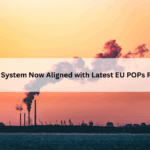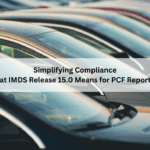Polyvinyl chloride (PVC) is a widely used thermoplastic polymer with various applications across industries, including construction, automotive, healthcare, and consumer goods. However, its production and disposal pose significant environmental challenges, particularly related to emissions, waste management, and regulatory compliance.
The regulatory landscape for PVC is evolving, with ongoing revisions aimed at addressing environmental concerns and promoting circular economy practices. In Europe, the REACH Regulation (EC 1907/2006) restricts hazardous chemicals used in PVC production. The Construction Products Regulation (EU 305/2011) ensures that PVC used in construction meets specific safety and performance criteria. PVC recycling is regulated under directives such as the Packaging and Packaging Waste Directive and the End-of-Life Vehicles (ELV) Directive.
In the United States, PVC Reach is primarily regulated by the Environmental Protection Agency (EPA) under several laws. Key among these are the Toxic Substances Control Act (TSCA) and the Consumer Product Safety Act, which regulate substances like vinyl chloride, a major component of PVC.
Complying with environmental regulations helps minimise the risk of fines, shutdowns, and reputational damage. It also reduces harmful emissions, such as dioxins and vinyl chloride, limits waste discharge, and helps protect air, soil, and water quality. Moreover, regulations encourage industries to adopt advanced technologies and quality control measures, promoting the use of safer alternatives to PVC.
ComplianceXL provides specialized PVC compliance consulting services and monitors regulatory updates on behalf of its clients. We also assist customers in maintaining up-to-date supplier certificates and declarations as part of a comprehensive compliance data management strategy.
FAQs:
1. What are the key environmental challenges in PVC production?
Major challenges include high emissions of harmful chemicals such as dioxins, chlorine, and vinyl chloride monomer; difficulties in waste management; the use of hazardous additives like phthalates; and high energy consumption during production.
2. How can PVC manufacturers manage emissions effectively?
Manufacturers can implement advanced filtration systems, adopt closed-loop production processes, and utilize cleaner technologies—such as replacing toxic plasticizers with environmentally friendly alternatives.
